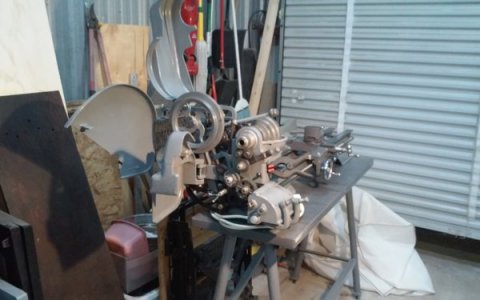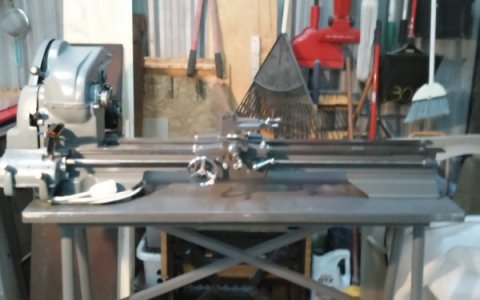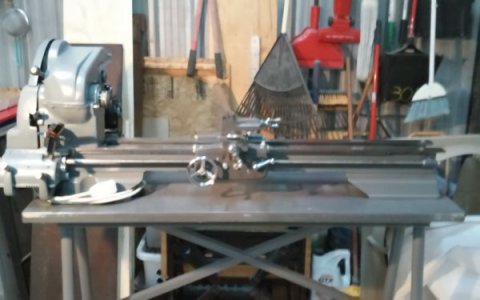Hello everyone and thank you for replying to this post, again. LoL
Robert, I got the feeling that you are probably correct about the miter gear. I remember telling you in one of our PM's, that when I was taking the carriage assembly apart. That I noticed the miter gear (10F-83) was stuck and did not move. And I mentioned it to you because I couldn't get it out to clean it. We ended up figuring it out and I was able to remove the stuck miter gear and clean it. And now it is working fine. But that was most likely the problem, and because of it being stuck it probably snapped the internal key in the (10F-82A) miter gear a long time ago.
As for the Scroll, I decided not to mill a flat on the round area for the Plunger to drop into. Though I really didn't want to cut the end off the Plunger. It was easier than trying to remove the Plunger from the apron. Because I would have had to remove the pull knob for the cross feed and I didn't have a drive pin small enough to punch out the little pin that holds the knob. I just thought it would be easier to cut the end off the Plunger. And yes I kind of regret it now, but I can always make a new one when I get the Lathe running. LoL
And the reason I have a (10D-38) instead of the (L6-38). Who knows at this point with the Lathe being so old. One thing I did find was a old receipt from back in the 70's. Whoever owned the Lathe at one point bought new half nuts (10F-12) and a (10F-36) cross feed slide screw and a (10F-19) carriage slide nut. Now I know that the (10F-12) half nuts need replacing every once in awhile, so that is a good thing. But what has me wondering is the purchase of the (10F-36) which is the AMCE screw for the carriage cross feed. The other part, the (10F-19) would be a replacement nut for the (10F-36) cross feed screw. So something must have happened that might have been pretty bad or they just wore out to have them replaced? Again, who knows what might have happened that long ago.



